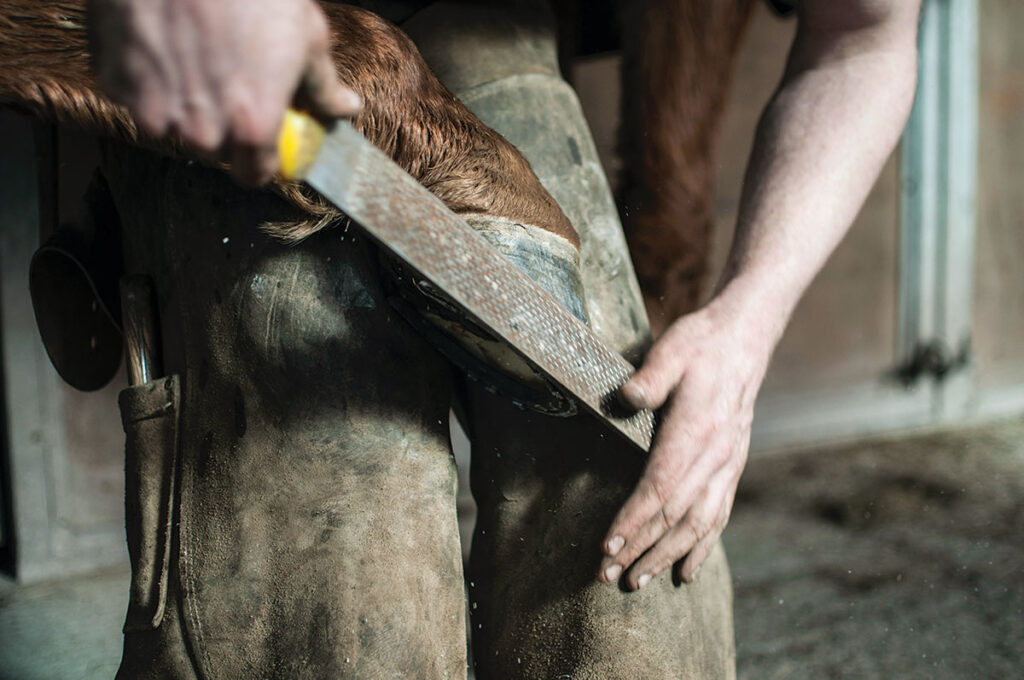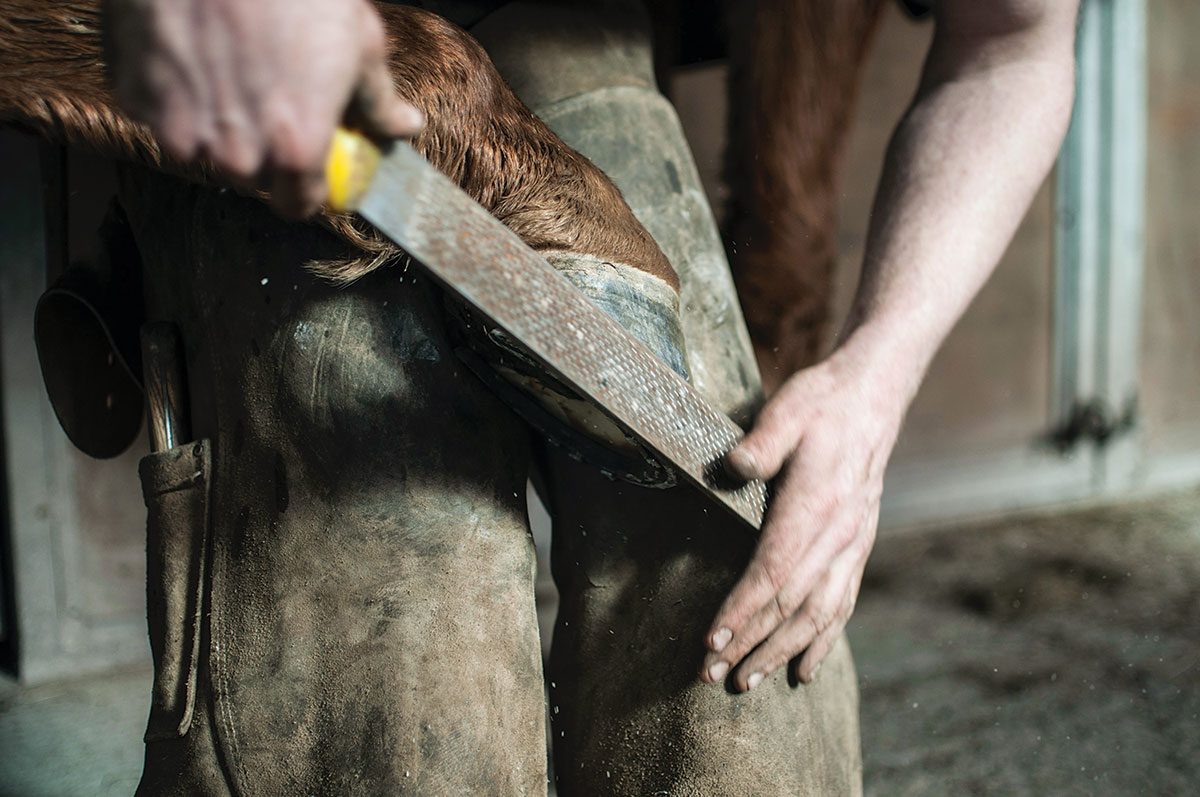
Mobility is important for production and good health
Foot health is critical for your horse and cow’s performance. Yet, what are the signs of bad foot health?
“Mobility. A cow won’t raise a calf right or raise the biggest calf,” Ben Sorrell, a hoof trimmer in Southwest Missouri said. “A dairy cow won’t get up and eat and produce milk.”
Signs can range in severity, and it is crucial to catch them in time. Sorrell said some things to watch for in cattle are:
• Arched back
• Standing with both feet behind them
• How they walk
• Last one up (to feed or barn)
• Not standing straight
• Body condition
When problems do arise, Sorrell suggested taking an animal to the vet is the best choice.
Equine hoof health is a different story. When a horse’s hoof is in pain it can lead to further issues that last for a long time. Jesse Hayworth, a farrier in Southwest Missouri gave some insight into horse hoof health.
“Proper nutrition is the best way to prevent bad hoof health,” Hayworth said. “Also, a great farrier and the type of terrain you keep your horses on.”
Signs of bad foot health in horses that Hayworth said are the most noticeable are:
• Limping
• Deformities in the hoof capsule (outside of hoof)
• Underweight
• Overweight
• Injuries
Founder is a big issue being in an area with good seasonal rains and green grass for most of the year. When a horse founders it is most of the time due to the sugars in grass and being overweight. This sugar creates a reaction that breaks down the hoof capsule, putting a horse in major pain. Also, it causes a shift in their navicular bone and coffin bone causing even more pain. However, some founder cases can also be caused by stress but you will see the same rotation happen with the navicular bone.
“Founder is the main issue I see, people not knowing how to properly care for a horse; letting it get overweight, can begin to break down the hoof slowly,” Hayworth said.
When founder or other problems become noticeable most people would call a vet. However, Hayworth went on to say that a farrier is a better choice for hoof problems.
“Your vet is great for stitching cats,” Hayworth said. “But for hoof issues a great farrier can do more on finding abscesses and such.”






